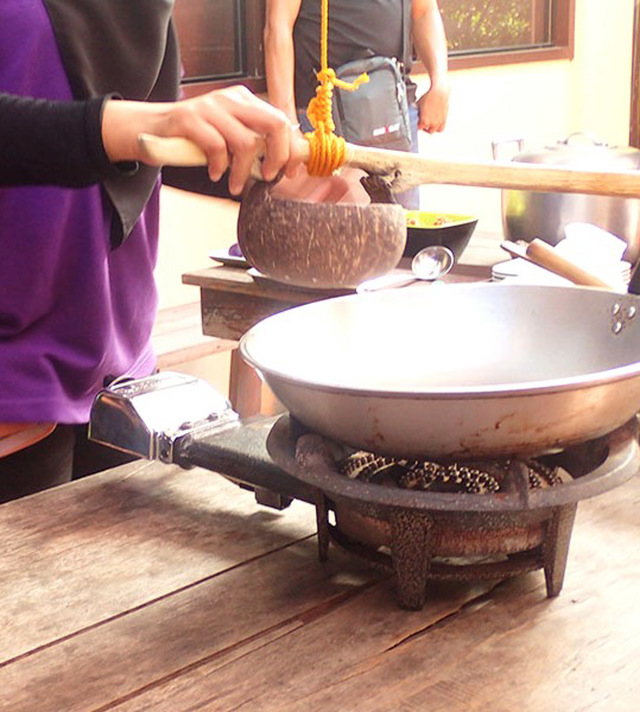Tausug Philippines - The Facts
Table of ContentsThe Best Guide To Tausug PhilippinesTausug Philippines Fundamentals ExplainedTausug Philippines for BeginnersFascination About Tausug PhilippinesSome Known Facts About Tausug Philippines.Tausug Philippines Can Be Fun For Everyone
Anne's assumptions of the Pangalay demonstrate how, in a venue where several societies exist side-by-side, regard for tribal possession of a dance is not incompatible with a recognition for as well as even a feeling of satisfaction in the collective corpus of dances as one practice, on a nationwide level. Dancing is a task so common in Philippine society that, actually, it is often taken for provided.
There is no refuting that Reyes-Aquino deserved her Nationwide Artist Honor in Dance for the collection of summaries of all the dances that appear in her six-volume job (Aquino 1953), however I maintain that more study is needed to boost this collection by updating, trimming, broadening, and dealing with, where needed, especially when it comes to the category and groups of dances.
There is much details therein, definitely, yet efficient reorganization and also circulation of this details calls for the work of several even more scholars. I keep in mind, however, that this process of alteration is not without its political difficulties amongst dancing scholars as well as professionals. Tausug Philippines. For instance, while researching the Pangalay in the resources as well as two municipalities of Tawi Tawi, an island province within the Sulu archipelago, Santamaria uncovered that the natives of this district differentiated the Pangalay from the Igal.
All about Tausug Philippines
Not surprisingly, reactions from Amilbangsa's group to this case were aggressive, implicating Santamaria of negating Amilbangsa's initial study as opposed to viewing it as the discovery of new knowledge. As the recognized specialist in Pangalay, it was assumed that Amilbangsa might not be incorrect, in the very same way that Aquino's study is believed to be incontestable.
Bajau kids learning the Igal in Sempornah, Sabah. Image by Hanafi Hussin. Amilbangsa's advocacy for the Pangalay merits in that she looks for to maintain the practice alive to ensure that future generations will keep doing this olden type that was practiced prior to individuals who danced it were converted to Islam.
Clearly, it would certainly be advantageous if she could upgrade her study or enable others to continue the research for her. My account of troubles with the category and also classification of dances in the Philippines and also their documentation seeks to show just how the growth of a national heritage is not without contestation, as multiple social groups struggle to maintain their identity and also self-reliance on a tribal level within the unified field that is nationhood.
Some Known Factual Statements About Tausug Philippines
On the bottom footer of the website, a copyright is suggested from 1999-2013, although this might show the size of time that the Alun Alun Dance Circle has actually been in operations, as specified on the website's account page: http://pangalaydance. com/the-alun-alun- dance-circle. It would be secure to say that the post "The Pangalay Dance Design" may have been submitted to the internet site as early as January 2007, which is the earliest day of the archives of articles on the website, and written prior to after that.
gov.ph, it is not clear where an update of this record can be found. Introductions of the background of Philippine dance are discovered in Basilio Esteban Villaruz's Sayaw: An Essay on Philippine Dancing, which was released as a brief monograph by the Cultural Center check of the Philippines (CCP) in 1989, after that consisted of in the Tuklas Sining series (1991 ).
In some areas, the motion of such peoples has actually dramatically modified the ethnic composition. Such holds true of southerly Sulu, the islands consisting of the district of Tawi-Tawi. This paper is a discussion of recent populace motions in the Sulu Islands, and also just how these may be associated to the culture background of the Sama individuals, the earliest citizens of Sulu (*).
Not known Details About Tausug Philippines

Design as well as Neighborhood Planning. There are three types of Mranaw houses: the lawig (tiny residence), mala-a-wali (big home), as well as the torogan or genealogical house of the datu. Some Mranaw houses have messages which rest on the rounded rocks; these "drifting structures" protect against the frameworks from breaking down during earthquakes (Peralta, 1975: 28-31).
It stands thirty to 220 centimeters in the air, relaxing on nine to twelve bamboo or wood poles. A fenced patio works as the front of the residence; the cooking area, which is fifty centimeters reduced than the structures, is at the back. Tausug Philippines. The primary body houses the resting location, which doubles as a living and workplace in the early morning.
Rumored Buzz on Tausug Philippines
The widowed line floor covering of your home is of split bamboo linked with rattan. Sculpted breasts, headboards, or mosquito displays split the inside into the resting as well as non- sleeping areas. Covered check it out with a riyara woven floor covering, rice-stalk packages act as bed mattresses, the head as well as foot of which are outlined with cushions.
The roofing system of the mala-a-walai is made from thick cogon lawn protected on bamboo you can try these out structures by rattan. Notched bamboo poles web server as the stairs, which are placed at the front and back of your house (Alarcon, 1991: 65-66). The finest example of Mranaw architecture is the torogan, which showcases the most effective of Mranaw okir (essentially, "sculpting").

Some Known Facts About Tausug Philippines.
